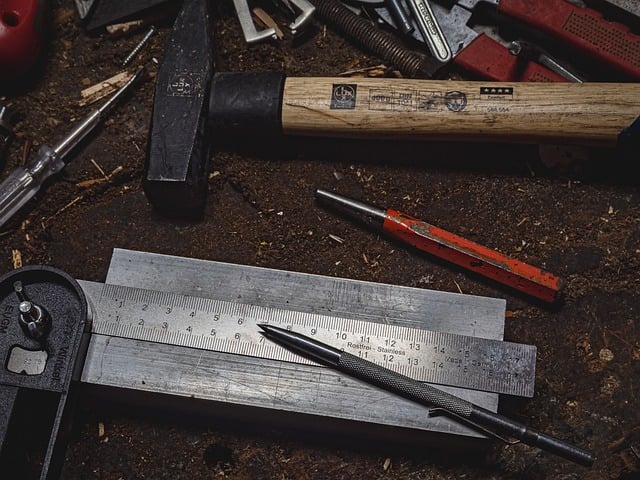
SFP Transceivers: The Unsung Heroes of Networking
In the world of networking, there's a lot of buzz about fancy routers and high-speed internet plans, but lurking in the background is a compact little device that deserves its moment in the spotlight: the Small Form-Factor Pluggable (SFP) transceiver. These tiny wonders are like the Swiss Army knives of the networking world—small, versatile, and surprisingly essential! 🛠️
What Exactly is an SFP Transceiver?
So, what is this SFP thing everyone keeps whispering about? In simple terms, an SFP transceiver is a hot-swappable device that allows you to connect different types of network cables to your switches and routers. Think of it as the adapter you never knew you needed but can’t live without. They come in various flavors, from copper to fiber optic, making them the chameleons of the networking realm.
Why Should You Care?
If you’ve ever experienced a slow internet connection (and who hasn’t?), you know the frustration that comes with it. Well, SFP transceivers play a crucial role in ensuring your network runs smoothly. They facilitate communication between switches and other network components, ensuring that data zips through your system like a caffeine-fueled squirrel. 🐿️
Key Features of SFP Transceivers
Here are a few features that make SFP transceivers stand out:
- Hot-Swappable: This means you can replace them without shutting down your network. It’s like changing a tire on a moving car—if the car were made of wires and data.
- Compact Size: They’re small enough to fit into the palm of your hand, making them perfect for those tight spaces in your server rack.
- Versatility: SFPs can work with both copper and fiber optic cables, so whether you're feeling traditional or futuristic, they’ve got you covered.
- Compliance: Most SFPs are compliant with standards like the IEEE 802.3ae, ensuring they play nice with other devices.
Choosing the Right SFP Transceiver
When it comes to choosing an SFP transceiver, consider what you need:
- If you’re running a fiber optic network, look for an SFP designed for that. They’re built to handle the high-speed data transfer that fiber optics promise.
- If copper is more your style, there are SFPs that cater specifically to that, too. Just make sure they’re compatible with your equipment.
- Don’t forget about the operating temperature! Most SFPs function well between 0°C to 70°C, so keep an eye on your server room climate—no one wants a meltdown!
Final Thoughts
In a world where we often take our internet connections for granted, SFP transceivers are the quiet champions making it all happen behind the scenes. They’re small but mighty, and if you’re looking to upgrade your network, they’re a great place to start. After all, who doesn’t want to be the hero of their own tech story? 😄

















 Team Collaboration and Productivity Software Solutions
Team Collaboration and Productivity Software Solutions 
 Health
Health  Fitness
Fitness  Lifestyle
Lifestyle  Tech
Tech  Travel
Travel  Food
Food  Education
Education  Parenting
Parenting  Career & Work
Career & Work  Hobbies
Hobbies  Wellness
Wellness  Beauty
Beauty  Cars
Cars  Art
Art  Science
Science  Culture
Culture  Books
Books  Music
Music  Movies
Movies  Gaming
Gaming  Sports
Sports  Nature
Nature  Home & Garden
Home & Garden  Business & Finance
Business & Finance  Relationships
Relationships  Pets
Pets  Shopping
Shopping  Mindset & Inspiration
Mindset & Inspiration  Environment
Environment  Gadgets
Gadgets  Politics
Politics 